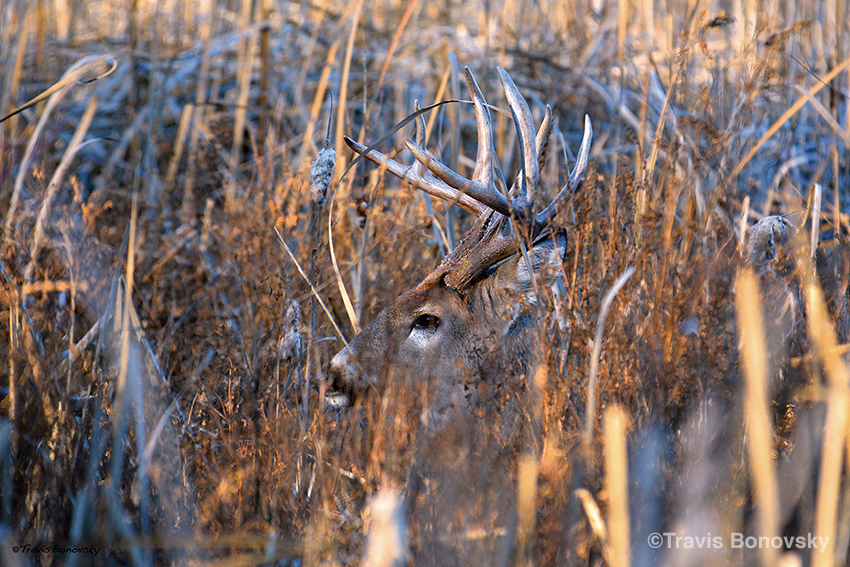Certain unnamed trouble makers around these parts have been recently alleging that mature deer are basically the same as the rest of them, just more rare. I came across these articles today and thought they were worth sharing. I am sure there is more GPS data out there from the primary literature and would love to read any that is posted in this thread.

 www.deerassociation.com
www.deerassociation.com
From a GPS collar study in an area with significant hunting pressure:
"We separated both bucks and does into two age classes: deer age 4½ or younger (in this article, we’ll refer to this group as “immature”) and those 5½ or older (mature). After breaking apart the age classes, it became clear why we didn’t see bucks taking advantage of wetlands to avoid hunting pressure: Immature bucks were avoiding getting their feet wet at all costs, while mature bucks barely ever left the swamps until the cover of darkness. In our analysis of all bucks, the behaviors of the two age groupings were canceling each other out and showing no preference! The same pattern held true for nearly every cover type. Mature bucks also selected for edge habitat and avoided both upland forest and agricultural fields, while their younger counterparts did the exact opposite. The only behavior bucks of all ages agreed on was a similarly strong avoidance of roads."
10-things-know-mature-buck-movements

What Scientists Learned that Changed How They Hunt Mature Bucks | National Deer Association
From a GPS collar study in an area with significant hunting pressure:
"We separated both bucks and does into two age classes: deer age 4½ or younger (in this article, we’ll refer to this group as “immature”) and those 5½ or older (mature). After breaking apart the age classes, it became clear why we didn’t see bucks taking advantage of wetlands to avoid hunting pressure: Immature bucks were avoiding getting their feet wet at all costs, while mature bucks barely ever left the swamps until the cover of darkness. In our analysis of all bucks, the behaviors of the two age groupings were canceling each other out and showing no preference! The same pattern held true for nearly every cover type. Mature bucks also selected for edge habitat and avoided both upland forest and agricultural fields, while their younger counterparts did the exact opposite. The only behavior bucks of all ages agreed on was a similarly strong avoidance of roads."
10-things-know-mature-buck-movements

